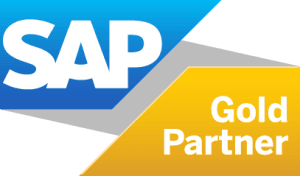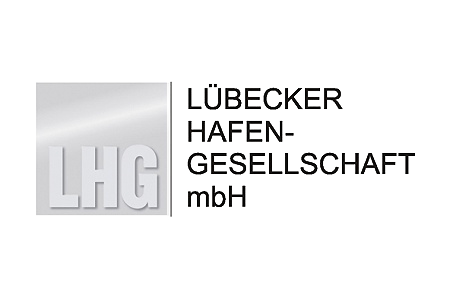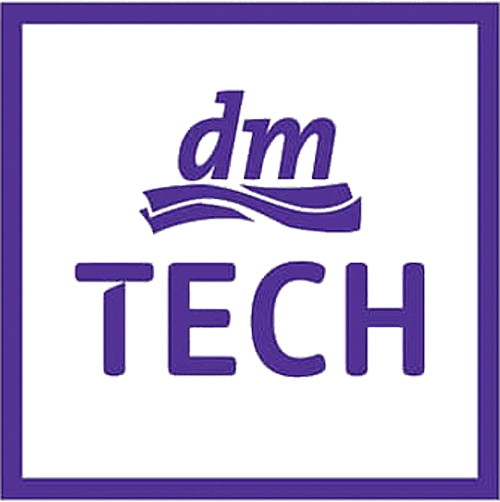LEOGISTICS DIGITALISIERT DEN VERKEHRSTRÄGER DER ZUKUNFT
Home leogistics Rail Solution
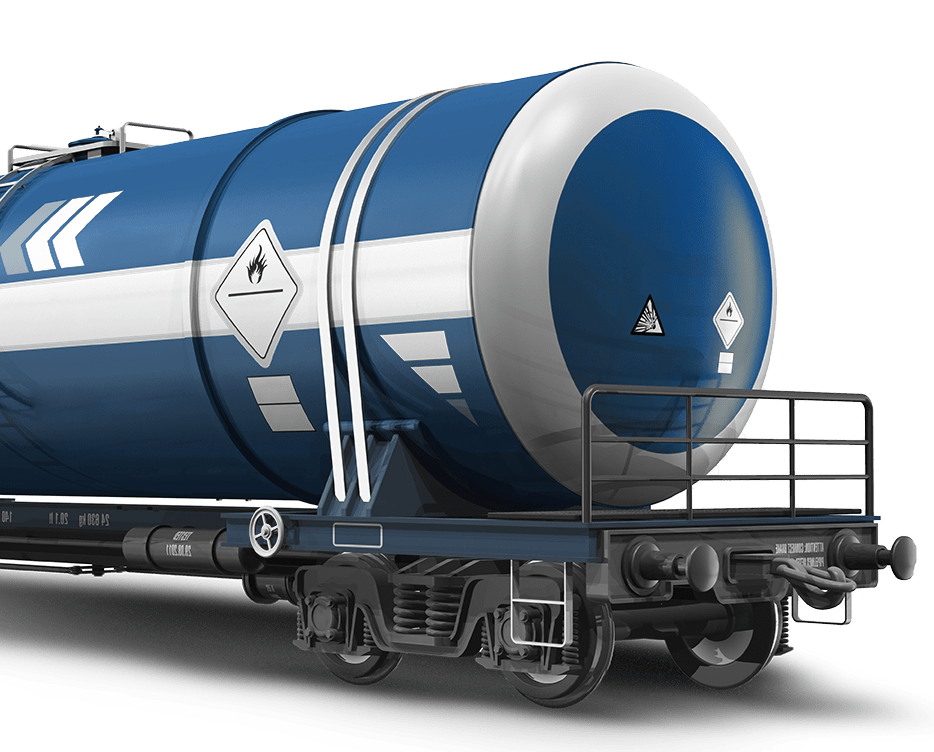
Digitalisierte Bahnprozesse mit leogistics Rail
leogistics rail Solution
Leogistics Rail als modularisierte Lösung ermöglicht Ihnen eine vollumfängliche End-to-End Prozessabwicklung, sowie die Digitalisierung individueller Prozesskomponenten ihrer schienengebundenen Transporte. Dies umfasst die Zugeingangs- und Zugausgangsbehandlung, Rangierbewegungen, Ladestellenprozesse, Track and Trace von Wagen auf der Strecke als auch innerhalb des Werksgeländes, bis hin zur Abrechnung und dem Reporting von Transportdienstleistungen. Im Fall einer hauseigenen Flotte können Sie unternehmensübergreifend planen, Wagenschäden dokumentieren und Leerwagen ökonomisch verteilen. Als SAP Add-on kann die leogistics Rail Solution nahtlos mit sämtlichen SAP-Systeme integriert werden – eine Integration mit Eisenbahnverkehrsunternehmen und sonstigen Dienstleistern erfolgt standardisiert.
Planung, operative Ausführung und Dokumentantion in einer Lösung
Planung
Optimieren Sie ihren Ressourcennutzung durch eine effiziente Leerwagen- und Umlaufplanung der unternehmenseigenen Waggon- und Triebfahrzeugflotte. Durch eine transparente Kapazitätsplanung optimieren Sie nicht nur Ihre Flotte, sondern maximieren auch die Betriebseffizienz Ihrer werksinternen Gleise und Ladestellen.
Disposition
Ermöglichen Sie Ihren Mitarbeitern auf dem Werksgelände eine nahtlose Disposition von Ein- und Ausgangszügen, Triebfahrzeugen sowie Rangieraktivitäten über benutzerfreundliche Desktopanwendungen oder mobile Geräte direkt am Gleis. Die Disposition leerer Waggons ist auch standortübergreifend möglich, wodurch eine größtmögliche Transparenz und Steuerung der eigenen Flotte möglich ist.
Integration & Kollaboration
Standard EDIFACT Schnittstellen, sowie standardisierte Schnittstellen zu anderen SAP-Systemen (TM, EWM, GTS) ermöglichen einen nahtlosen Informationsaustausch zwischen den verschiedenen Akteuren entlang der Prozesskette. Die Anbindung von EVUs, Waggonmietern, sowie Häfen und Verladebetrieben erfolgt nach individuellem Bedarf ebenfalls standardisiert.
Innovation
Steuern Sie ihre Prozesse über mobile Anwendungen direkt am Gleis. Durch die Integration von Echtzeit-Trackingdaten erhalten Sie maximale Transparenz über Ihre Wagenflotte. Eine Verknüpfung unserer Anwendung mit smarten IoT Devices und die Integration von Sensorik Daten verbessert die Qualität der bereitgestellten Informationen deutlich. Dank KI & Mechanismen zur Objekterkennung, reduzieren Sie deutlich den manuellen Arbeitsaufwand.
Transparente Prozesse für den Verkehrsträger der Zukunft
Leogistics Rail
Leogistics Rail als modularisierte Lösung ermöglicht Ihnen eine vollumfängliche End-to-End Prozessabwicklung, sowie die Digitalisierung individueller Prozesskomponenten ihrer schienengebundenen Transporte.
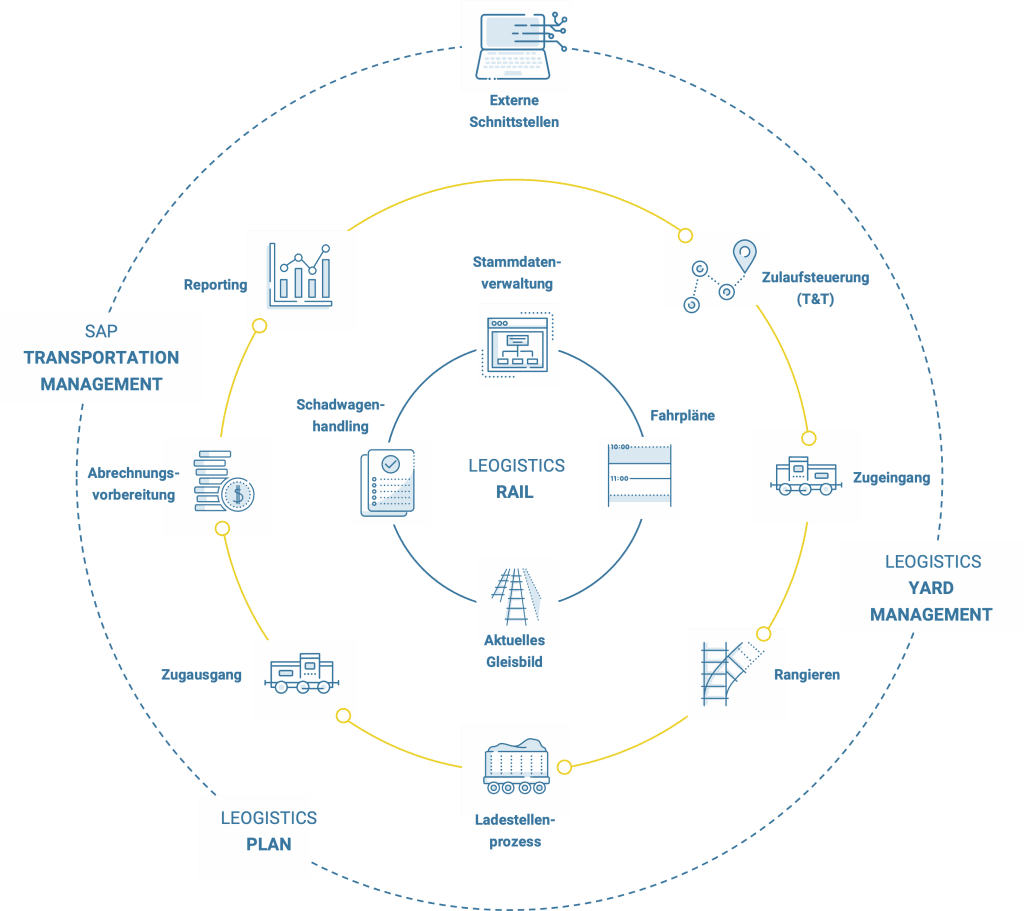
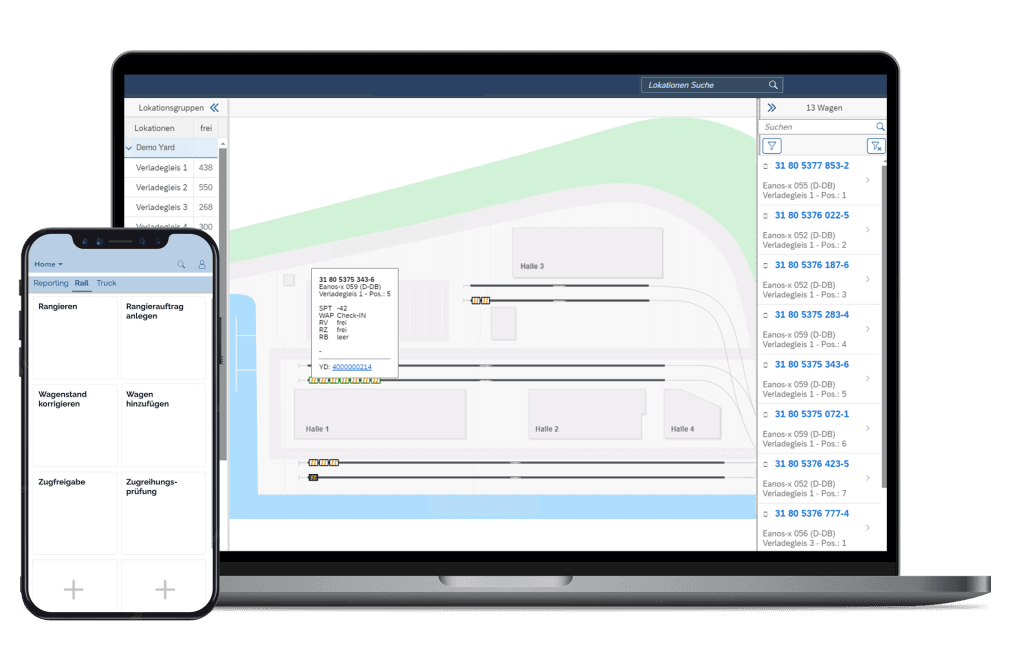
leogistics rail
unsere Lösung auf einen Blick
Behalten Sie Ihre werksinternen Prozesse über ein stets aktuelles Gleisbild immer im Blick. Die Planung, Durchführung und Auswertung ihrer schienengebundenen wird innerhalb unserer Anwendung auf übersichtlichen Dashboards aufbereitet. Dank mobiler Apps lassen sich die Prozesse direkt am Gleis abwickeln.
Wir empfehlen aus unserem Portfolio
Leogistics Lösungen und Services
leogistics Yard Management
Unser SAP Add-on zur digitalen Abwicklung Ihrer verkehrsträgerübergreifenden Hoflogistikprozesse
SAP Transportation Management
Unsere End-to-End Abwicklung Ihrer Transportprozesse von der Bestellung bis zur Abrechnung mit dem SAP Standard
leogistics Plan
Unsere Lösung zur strategischen und operativen Planung logistischer Prozesse und Ressourcen
Consulting Services
Maßgeschneiderte Beratungsansätze nachhaltig gestärkt durch unser Service Qualität
„Digitalisierung ist für uns nicht nur Mittel zum Zweck“ – Interview mit Daniel Balmer
DIGITALISIERTE WTU – WIE SMARTE APPS DIE VERKEHRSWENDE MOBIL MACHEN – Bahn Manager
leogistics und Partner erhalten Bundesmittel für Entwicklung neuer Bahntechnologien
Auf der Schiene in die Zukunft
BLOG &
NEWS
Blog & News
Aktuelle Nachrichten und Blog-Beiträge aus der Welt des intelligenten Supply Chain Managements
KONTAKT
SPRECHEN SIE MICH AN


